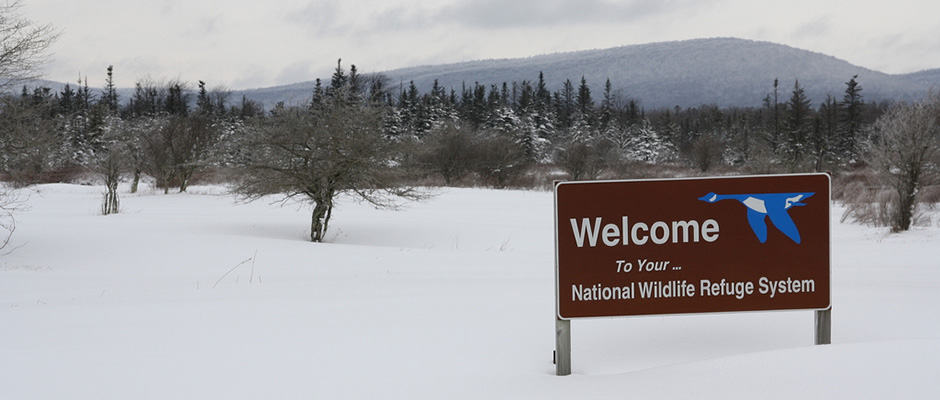Share this article
Congress Proposes Ban on Body-Gripping Traps on Refuges
Two bills currently in front of Congress would impact wildlife management and recreational opportunities in the National Wildlife Refuge System.
H.R. 2016, introduced by Congresswoman Nita Lowey (D-New York) with 13 co-sponsors, including Congressman Raul Grijalva, Ranking Member of the House Committee on Natural Resources, and S. 1081, introduced by Senator Cory Booker (D-NJ), would prohibit the use of certain traps on System lands.
Called the “Refuge from Cruel Trapping Act,” the bills would bar the use of various management devices, including foothold, Conibear, and snare traps as well modified versions of these devices on System lands.
The National Wildlife Refuge Administration Act, which established the National Wildlife Refuge System in 1966, designates the Secretary of the Interior through the Fish and Wildlife Service as having authority over System lands to fulfill the mission of administering the conservation, management, and restoration of the fish, wildlife, and habitats within the United States. The Act directs the Secretary of the Interior to ensure opportunities for wildlife-dependent recreation, including trapping, on System lands as well as recognize wildlife-dependent recreationists as the priority public users of the System.
The ban would impact recreational users and furbearer trappers as well as U.S. Fish and Wildlife Staff. While the Refuge Administration Act includes trapping and regulated take as management activities, the bill language does not currently make any exceptions for wildlife management implemented by Refuge staff. Foothold traps and snares are employed in wildlife research, while Conibear traps are used in removal of invasive species, such as nutria.
The bills have been referred to the House Committee on Natural Resources and Senate Committee on Environment and Public Works for review.
The Wildlife Society’s Standing Position on Traps, Trapping, and Furbearer Management is supportive of regulated trapping as a method of wildlife damage management, a technique in wildlife research, and as a recreational opportunity for sustainable harvest of some furbearer species.
Header Image: Image Credit: Ken Sturm, USFWS








